Child seat guide: All you need to know about baby safety-seats for your car
The last time we wrote about child car-seats was a decade ago, when education on the importance of child seats was still in its infancy in the Middle East. Since then, many of us have become parents ourselves. While there has a been a lot of progress on the adoption of child seats, mostly thanks to new laws in the UAE and elsewhere, many folks still feel clueless on what is the best type of seat for their children. So here’s a fresh guide for young parents on what’s best for each age group.
The variations of child-safety seats available are designed to protect kids’ soft bones and small bodies at different ages. Here are the different options:
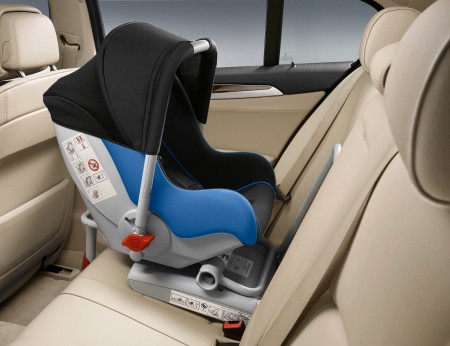
Rear-facing Infant Car Seat – Designed for infants under the age of 1 year, they provide the best protection until the infant is both one year of age and weighs at least 13 kg.
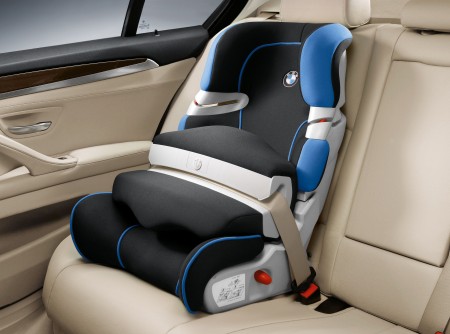
Child Safety Seat – Targeting toddlers aged 1-4 years, they secure your child and spread the crash forces over a wide area. This seat should last until either the child’s weight exceeds 18 kg or it grows too tall for the seat.
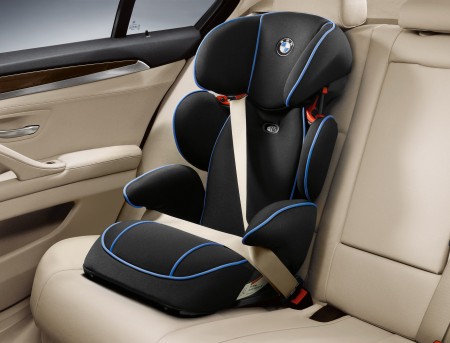
Booster Seat – Made for small children aged 4-6 years, it works by raising the child to the correct height for the car’s adult seat-belt to work properly. It has a seat back that can provide additional protection in the event of a side impact. The booster seat should be used until the child is approximately 145 cm tall.
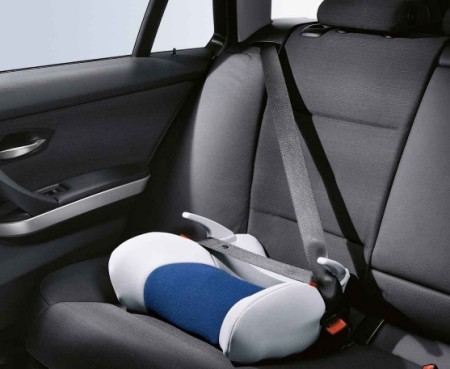
Booster Cushion – The final option before your child transitions to the regular three-point seat-belt, and is designed for children aged 6-11 years that weigh from 22 to 36 kg. Some manufacturers offer booster seats with removable seat-backs to cover the full 15 to 36 kg range, so you don’t have to buy a booster cushion separately.
Some parents give excuses that their kids forcefully refuse to belt up. Well, stop being such a push-over and strap them in. They’ll dump you at a nursing home in the future if you don’t curb that spineless behaviour now. Toddlers and babies eventually calm down after a few trips and take the child seats for granted as they get used to it.
Here are some more things to be mindful of when buying a child-safety seat:
- It is the weight of the child and not the age that is the determining factor when purchasing or using a car seat.
- You need to take into account the type of car you drive as not all car seats fit into all vehicles.
- Parents must tighten the child’s harness on every trip, ensuring only a two-fingers gap between the harness and the child’s chest.
- Never use any child seat on a front passenger seat fitted with an airbag, unless it can be turned off.
- Never use a seat which has been involved in an accident.
- Ideally never use a second-hand seat, as it may be damaged.
- Never modify the baby-seat in any way.
- Never fit a child’s safety seat with anything other than a car seat belt, Isofix anchors or a manufacturer-approved fitting kit.
And finally, remember — gripping your child on your lap is no match for the force of a car crash that could happen at any speed without warning. Child seats are very affordable now (about the same cost as the cheapest smartphones), and if you still feel your child’s life isn’t worth that price, at least do it to avoid the traffic fines.
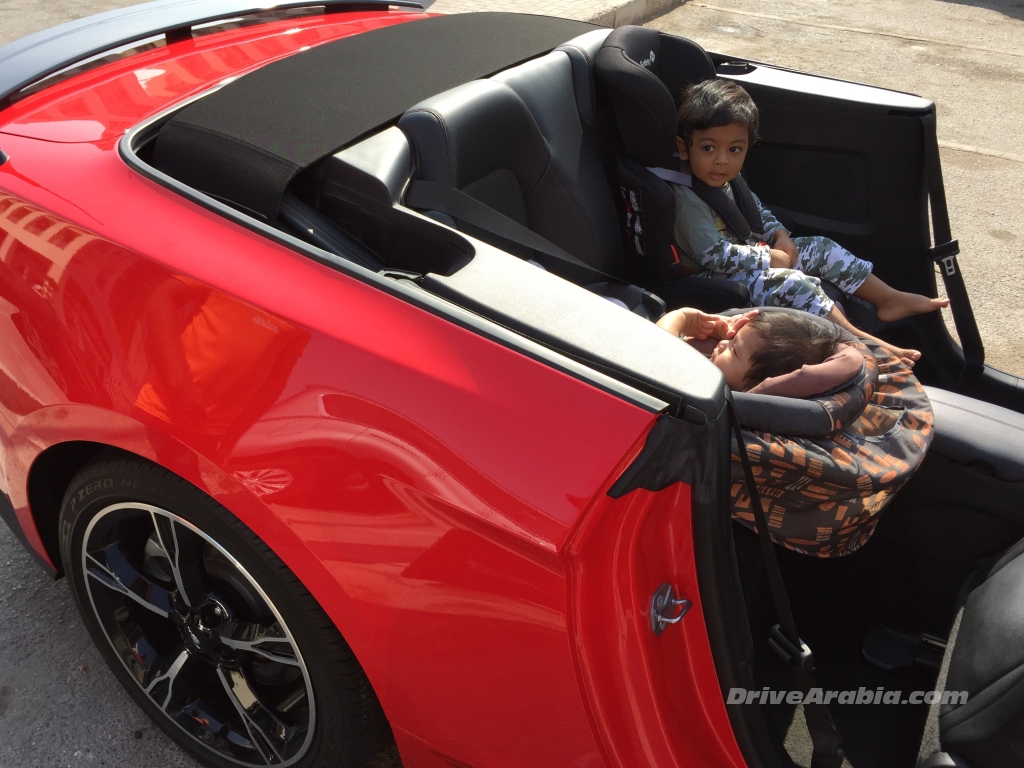
Comments
Mustafa
Good article Mashfique! thanks for the good tips.
Mashfique Hussain Chowdhury
Glad it helped.
amir
Nice piece.Thank you mash. Hope all parents read it and apply its points. Wish you all a safe drive.::))
Fouad Ashraf
Very well written. I hope all the ignorant parents out there whose biggest excuse is like you rightfully said ‘their kids refuse to buckle up’ read this and act responsibly
Jimson
Great article..hope all the parents will read it and act accordingly